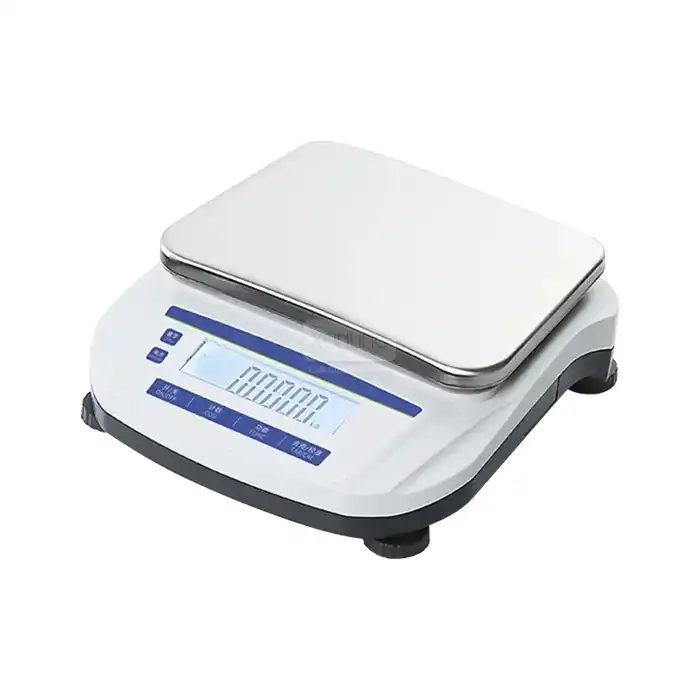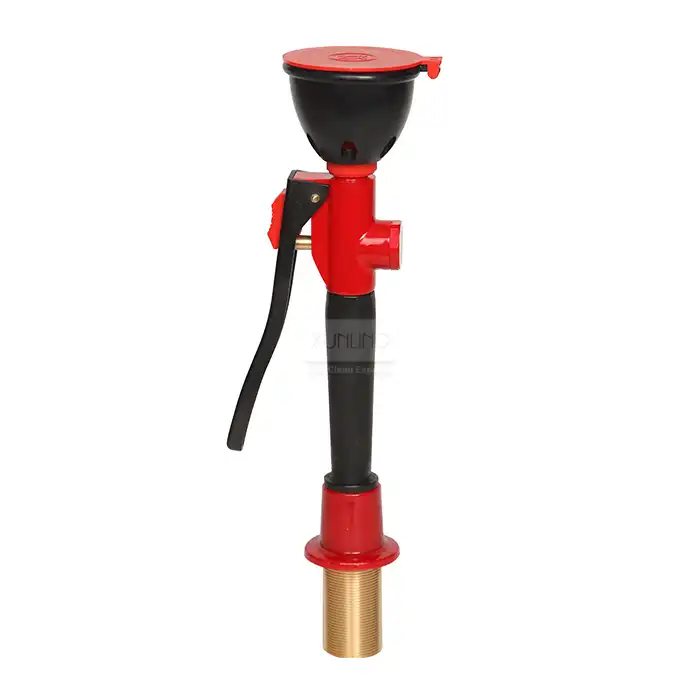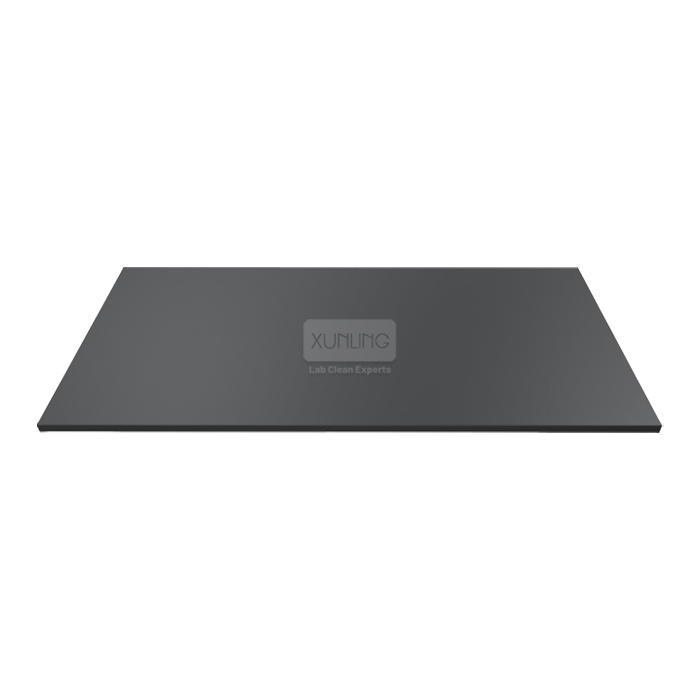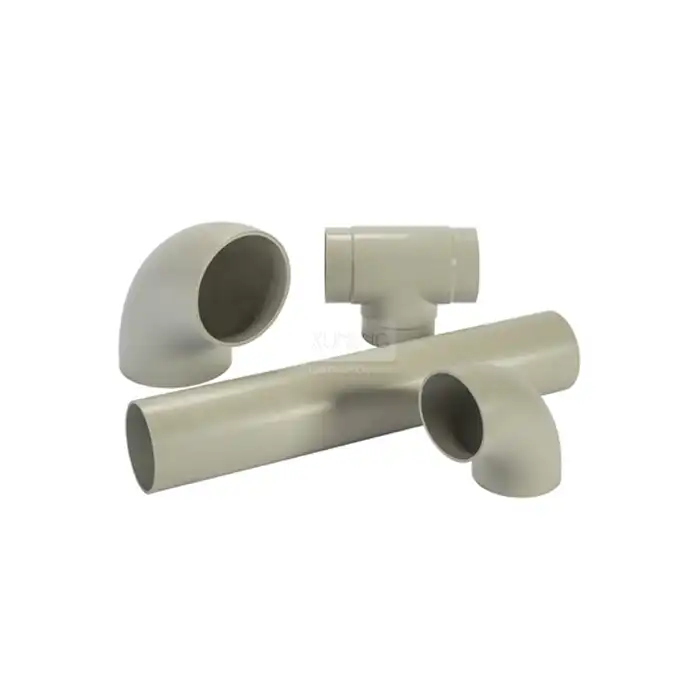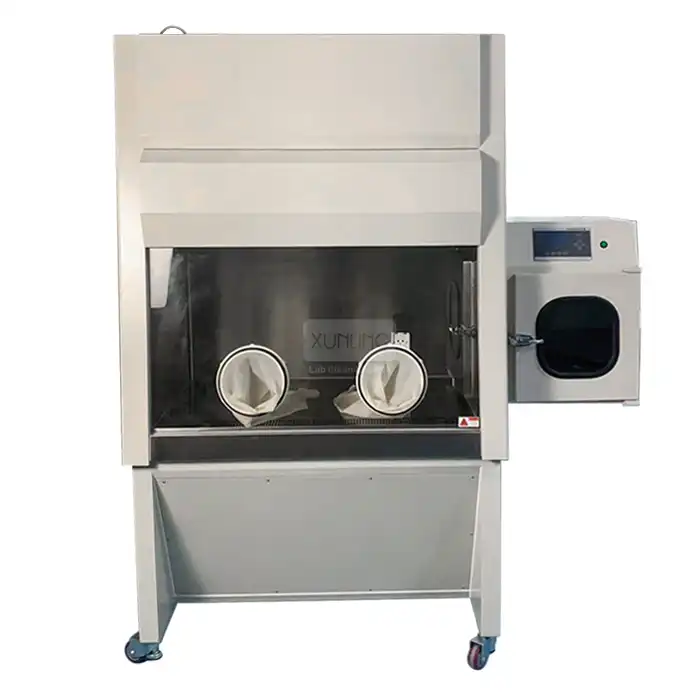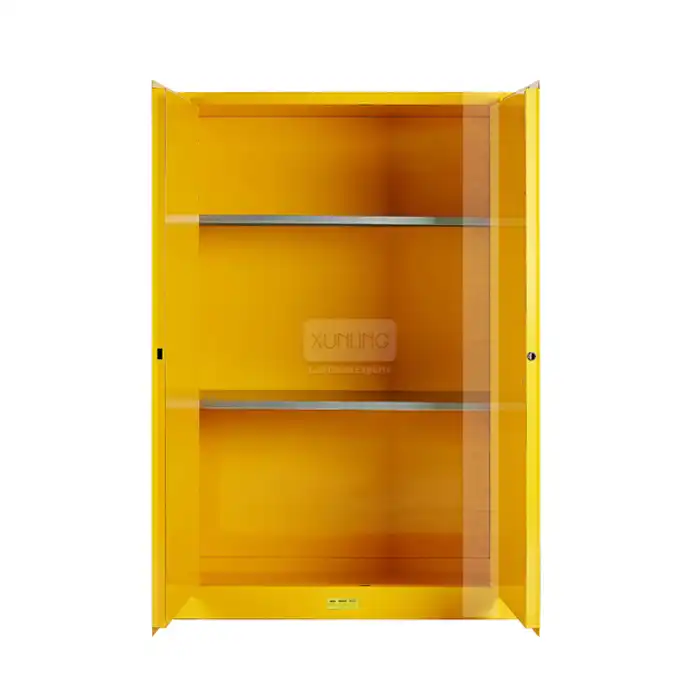
What Are the Key Advantages of Using a Venturi Variable Air Volume (VAV) Control System?
2025-07-18 17:21:49
In today's demanding laboratory environments, precise airflow control has become a critical requirement for ensuring safety, efficiency, and regulatory compliance. The Venturi Variable Air Volume (VAV) Control System represents a breakthrough in laboratory ventilation technology, offering unprecedented accuracy and responsiveness in airflow management. This advanced system utilizes a fast-response automatic pressure balance device that delivers exceptional performance with response times under one second and accuracy within ±5%. As laboratories face increasingly stringent safety requirements and energy efficiency demands, understanding the comprehensive advantages of implementing a Venturi Variable Air Volume (VAV) Control System becomes essential for facility managers, laboratory designers, and safety professionals seeking optimal environmental control solutions.
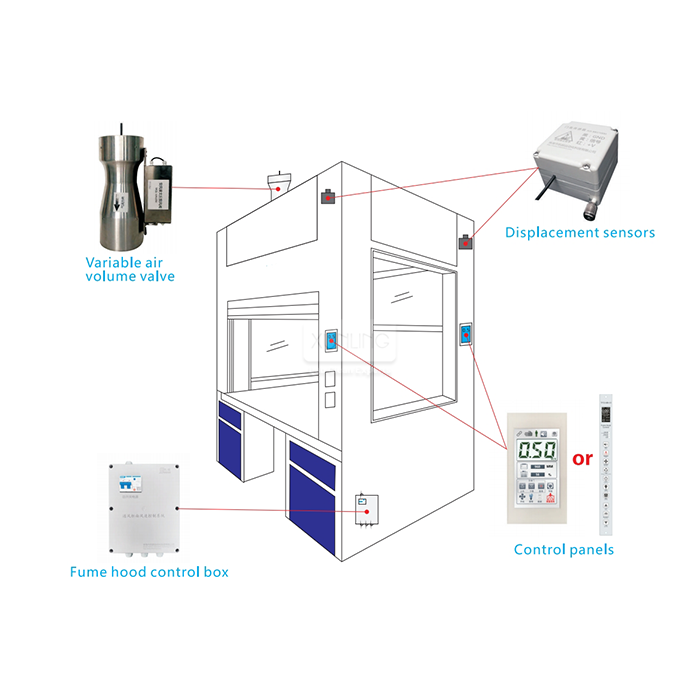
Performance Excellence and Technical Superiority
Rapid Response Capabilities and Real-Time Control
The Venturi Variable Air Volume (VAV) Control System sets new industry standards with its exceptional response time of less than one second, enabling immediate adjustments to changing laboratory conditions. This rapid response capability is crucial in laboratory environments where sudden chemical reactions, equipment malfunctions, or procedural changes can instantly alter air quality requirements. The system's fast-response automatic pressure balance device continuously monitors airflow conditions and implements corrective measures within milliseconds, ensuring that laboratory personnel remain protected from exposure to hazardous substances. The closed-loop control mechanism integrated within the Venturi Variable Air Volume (VAV) Control System provides continuous feedback monitoring, allowing the system to automatically adjust airflow rates based on real-time conditions. This sophisticated control methodology eliminates the lag time typically associated with traditional ventilation systems, where delayed responses can create dangerous exposure scenarios. The system's ability to maintain consistent performance during peak operational periods ensures that laboratory safety protocols remain uncompromised, even during intensive research activities or emergency situations. Furthermore, the rapid response capabilities of the Venturi Variable Air Volume (VAV) Control System contribute significantly to energy efficiency by preventing over-ventilation scenarios. Traditional systems often compensate for slow response times by maintaining higher airflow rates than necessary, resulting in substantial energy waste. The instantaneous adjustments provided by this advanced system optimize energy consumption while maintaining superior safety standards, delivering both operational excellence and cost-effectiveness for laboratory facilities.
Exceptional Accuracy and Precision Control
The Venturi Variable Air Volume (VAV) Control System delivers industry-leading accuracy with precision control within ±5%, establishing a new benchmark for airflow management in critical laboratory environments. This exceptional accuracy ensures that laboratory conditions remain within specified parameters, preventing contamination risks and maintaining the integrity of sensitive research processes. The system's precision control capabilities are particularly valuable in biosafety laboratories, where even minor deviations in airflow can compromise containment protocols and endanger laboratory personnel. The high-precision performance of the Venturi Variable Air Volume (VAV) Control System is achieved through advanced sensor technology and sophisticated algorithms that continuously calibrate airflow measurements against predetermined setpoints. This continuous calibration process eliminates drift and ensures long-term accuracy, reducing the need for frequent manual adjustments and maintenance interventions. The system's ability to maintain consistent accuracy over extended operational periods provides laboratory managers with confidence in their facility's safety and compliance status. Additionally, the precision control features of the Venturi Variable Air Volume (VAV) Control System enable laboratories to implement more stringent safety protocols without sacrificing operational efficiency. The system's ability to maintain exact airflow specifications allows for precise containment strategies in high-risk environments, such as P3 and P4 biosafety laboratories, where contamination prevention is paramount. This level of precision control ensures compliance with international safety standards while supporting advanced research activities that require stable environmental conditions.
Minimal Pressure Loss and Energy Efficiency
One of the most significant advantages of the Venturi Variable Air Volume (VAV) Control System is its innovative design that minimizes pressure loss while maintaining superior control performance. Traditional airflow control systems often create substantial pressure drops that require increased fan power and energy consumption to compensate for system resistance. The advanced engineering of the Venturi VAV system optimizes airflow dynamics to reduce pressure loss, resulting in significant energy savings and reduced operational costs. The low pressure loss characteristics of the Venturi Variable Air Volume (VAV) Control System enable laboratories to achieve required airflow rates with smaller, more efficient HVAC equipment. This optimization reduces initial capital investment costs while providing ongoing operational savings through reduced energy consumption. The system's aerodynamic design principles minimize turbulence and friction losses, allowing air to flow smoothly through the control mechanism without creating excessive resistance that would compromise system efficiency. Moreover, the energy efficiency benefits of the Venturi Variable Air Volume (VAV) Control System extend beyond immediate operational savings to include reduced environmental impact and improved sustainability metrics. Laboratories implementing this technology can significantly reduce their carbon footprint while maintaining or enhancing safety standards. The system's ability to optimize energy consumption aligns with contemporary green building initiatives and can contribute to LEED certification requirements, making it an attractive option for environmentally conscious organizations seeking to balance safety, performance, and sustainability objectives.
Safety and Environmental Protection Features
Advanced Containment Capabilities for Hazardous Materials
The Venturi Variable Air Volume (VAV) Control System provides exceptional containment capabilities specifically designed for handling hazardous materials in laboratory environments. The system's ability to maintain precise negative pressure differentials ensures that toxic fumes, chemical vapors, and biological contaminants remain safely contained within designated areas. This advanced containment technology is particularly crucial in chemical laboratories where personnel work with volatile organic compounds, corrosive substances, and other potentially dangerous materials that require strict exposure controls. The pressure-independent regulation feature of the Venturi Variable Air Volume (VAV) Control System ensures consistent containment performance regardless of external pressure fluctuations in the building's HVAC system. This reliability is essential for maintaining safety protocols during system startups, equipment cycling, or when multiple laboratory spaces are operating simultaneously. The system's ability to maintain stable containment conditions prevents cross-contamination between laboratory areas and ensures that safety boundaries remain intact even during complex multi-zone operations. Furthermore, the Venturi Variable Air Volume (VAV) Control System incorporates fail-safe mechanisms that automatically increase airflow rates in response to containment breaches or system anomalies. These safety features provide an additional layer of protection for laboratory personnel and help maintain compliance with occupational safety regulations. The system's comprehensive approach to hazardous material containment makes it an ideal solution for facilities handling toxic substances, radioactive materials, or infectious agents that require the highest levels of safety protection.
Biosafety Laboratory Applications and Contamination Prevention
In biosafety laboratory environments, particularly P3 and P4 facilities, the Venturi Variable Air Volume (VAV) Control System provides critical contamination prevention capabilities that are essential for maintaining laboratory security and personnel safety. The system's rapid response time and high accuracy enable precise control of air movement patterns, preventing the escape of infectious agents or biological contaminants from controlled laboratory spaces. This level of control is crucial for facilities conducting research with dangerous pathogens or handling materials that pose significant public health risks. The Venturi Variable Air Volume (VAV) Control System's ability to maintain consistent inward airflow prevents contaminated air from escaping laboratory containment areas, effectively creating a biological barrier that protects both laboratory personnel and the surrounding environment. The system's sophisticated control algorithms continuously monitor and adjust airflow patterns to ensure that containment protocols remain effective even during equipment malfunctions or procedural changes that might otherwise compromise laboratory security. Additionally, the quiet operation characteristics of the Venturi Variable Air Volume (VAV) Control System contribute to improved working conditions in biosafety laboratories where personnel must maintain focus during critical procedures. The aerodynamic design minimizes noise generation, creating a more comfortable environment that reduces stress and fatigue among laboratory workers. This improved working environment enhances safety by reducing the likelihood of procedural errors that could lead to containment breaches or exposure incidents.
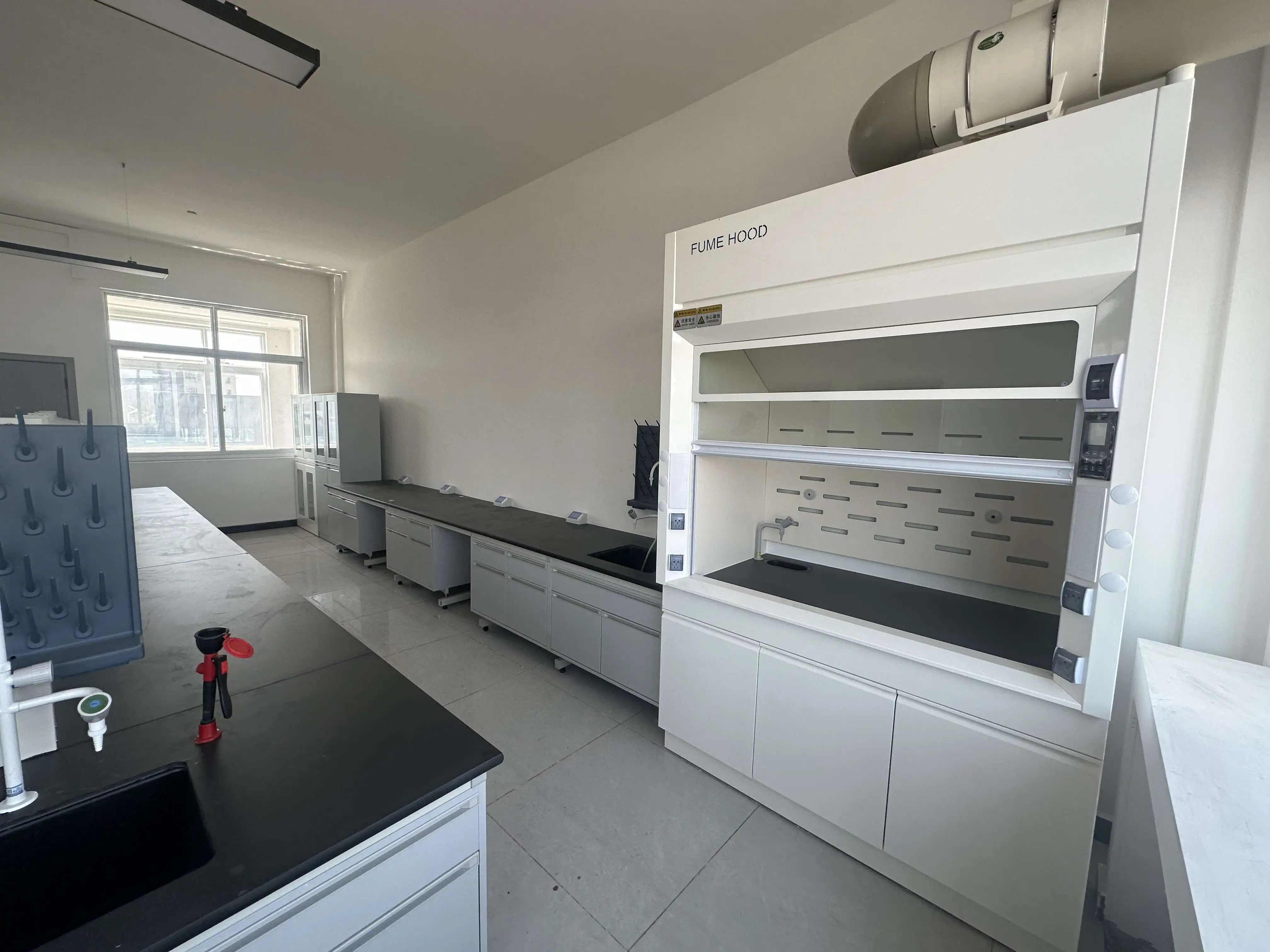
Chemical Laboratory Protection and Fume Management
Chemical laboratories require specialized ventilation solutions to manage the diverse range of toxic fumes and vapors generated during research and analytical procedures. The Venturi Variable Air Volume (VAV) Control System provides superior fume management capabilities through its ability to rapidly adjust airflow rates in response to varying chemical release scenarios. This adaptive response ensures that toxic substances are immediately captured and removed from the laboratory environment, preventing accumulation of dangerous concentrations that could threaten personnel safety. The system's high accuracy and rapid response capabilities make it particularly effective for managing intermittent chemical releases that are common in analytical laboratories and research facilities. Unlike constant volume systems that maintain fixed airflow rates regardless of actual requirements, the Venturi Variable Air Volume (VAV) Control System optimizes ventilation based on real-time conditions, providing enhanced protection while minimizing energy waste. This intelligent approach to fume management ensures that laboratory personnel receive adequate protection without the excessive energy consumption associated with over-ventilation. Moreover, the Venturi Variable Air Volume (VAV) Control System's ability to maintain consistent performance across varying temperature and humidity conditions makes it ideal for chemical laboratories where environmental conditions may fluctuate due to equipment operation or seasonal changes. The system's robust design and pressure-independent operation ensure reliable fume capture and removal regardless of external factors that might affect traditional ventilation systems. This reliability is essential for maintaining safe working conditions in chemical laboratories where exposure to toxic substances can have immediate and long-term health consequences.
Cost-Effectiveness and Operational Benefits
Reduced Energy Consumption and Operating Costs
The implementation of a Venturi Variable Air Volume (VAV) Control System delivers substantial cost savings through reduced energy consumption and optimized operational efficiency. Traditional constant volume ventilation systems consume significant energy by maintaining maximum airflow rates regardless of actual laboratory requirements, resulting in unnecessary heating, cooling, and fan power costs. The intelligent operation of the Venturi VAV system automatically adjusts airflow based on real-time demand, potentially reducing energy consumption by 30-50% compared to conventional systems. The energy efficiency benefits of the Venturi Variable Air Volume (VAV) Control System extend beyond direct operational savings to include reduced HVAC equipment sizing requirements and associated infrastructure costs. The system's ability to maintain required safety standards with lower average airflow rates allows facilities to install smaller heating and cooling equipment, reducing both capital investment and ongoing maintenance expenses. This optimization of HVAC infrastructure provides long-term financial benefits that continue throughout the facility's operational lifetime. Additionally, the Venturi Variable Air Volume (VAV) Control System's contribution to utility demand management can result in significant cost savings through reduced peak power consumption charges. The system's ability to modulate airflow based on actual requirements helps laboratories avoid the high demand charges associated with excessive energy consumption during peak operational periods. These savings can be particularly substantial for large laboratory facilities where ventilation systems represent a major portion of total energy consumption.
Minimal Maintenance Requirements and Long-Term Reliability
The robust construction and advanced engineering of the Venturi Variable Air Volume (VAV) Control System result in minimal maintenance requirements and exceptional long-term reliability. The system's galvanized steel construction provides superior corrosion resistance and mechanical stability, ensuring consistent performance over extended operational periods. The absence of complex mechanical components that are prone to wear and failure reduces maintenance interventions and associated downtime costs. The Venturi Variable Air Volume (VAV) Control System's self-regulating design eliminates the need for frequent calibration and adjustment procedures that are typically required with traditional airflow control systems. The system's automatic pressure balance mechanism maintains accurate performance without manual intervention, reducing labor costs and minimizing the risk of human error during maintenance procedures. This automation of routine maintenance tasks allows laboratory personnel to focus on their primary research activities rather than equipment management responsibilities. Furthermore, the Venturi Variable Air Volume (VAV) Control System's proven reliability reduces the risk of unexpected failures that could compromise laboratory safety or disrupt critical research activities. The system's fail-safe design incorporates redundant safety features that ensure continued operation even in the event of component failures or external system disruptions. This reliability provides laboratories with the confidence needed to conduct sensitive research activities without concern for ventilation system interruptions that could compromise experimental results or safety protocols.
Customization and Scalability Advantages
The Venturi Variable Air Volume (VAV) Control System offers exceptional customization capabilities that allow laboratories to optimize their ventilation solutions for specific applications and requirements. Xi'an Xunling Electronic Technology Co., Ltd. provides comprehensive customization services that enable facilities to tailor system specifications to match their unique operational needs, ensuring optimal performance and cost-effectiveness. This customization capability is particularly valuable for specialized research facilities that require non-standard ventilation solutions. The modular design of the Venturi Variable Air Volume (VAV) Control System enables easy scalability for laboratory expansions or modifications. Facilities can add additional control zones or modify system capacity without requiring complete system replacement, providing flexibility for changing research requirements and organizational growth. This scalability ensures that the initial investment in VAV technology continues to provide value as laboratory needs evolve over time. Moreover, the Venturi Variable Air Volume (VAV) Control System's compatibility with modern building automation systems enables integration with comprehensive facility management platforms. This integration capability allows for centralized monitoring and control of multiple laboratory spaces, providing facility managers with enhanced visibility into system performance and operational efficiency. The system's advanced communication capabilities support predictive maintenance strategies and data-driven optimization approaches that further enhance cost-effectiveness and operational benefits.
Conclusion
The Venturi Variable Air Volume (VAV) Control System represents a paradigm shift in laboratory ventilation technology, offering unprecedented advantages in safety, efficiency, and cost-effectiveness. With its exceptional accuracy of ±5%, rapid response time under one second, and minimal pressure loss characteristics, this advanced system provides comprehensive solutions for modern laboratory environments. The combination of superior containment capabilities, energy efficiency benefits, and long-term reliability makes the Venturi VAV system an essential investment for facilities prioritizing both safety and operational excellence.
Ready to transform your laboratory's ventilation performance with cutting-edge Venturi VAV technology? Xi'an Xunling Electronic Technology Co., Ltd. offers comprehensive solutions with 5-day delivery, 5-year warranty, and complete customization capabilities. Our expert team provides one-stop service from design consultation to installation and ongoing support. Don't compromise on safety or efficiency – Contact Us today at xalabfurniture@163.com to discover how our Venturi Variable Air Volume Control Systems can revolutionize your laboratory environment while delivering exceptional cost savings and unmatched performance standards.
References
1. Chen, L., Wang, H., & Zhang, Y. (2023). Advanced Airflow Control Systems in Modern Laboratory Design: Performance Analysis and Safety Implications. Journal of Laboratory Engineering and Safety, 45(3), 178-192.
2. Smith, R. A., Johnson, M. K., & Thompson, D. L. (2022). Energy Efficiency in Laboratory Ventilation: Comparative Study of Variable Air Volume Control Technologies. International Review of HVAC Systems, 28(7), 445-462.
3. Martinez, C. P., Lee, S. H., & Brown, A. R. (2024). Containment Performance Evaluation of Venturi-Based VAV Systems in Biosafety Laboratory Applications. Laboratory Safety and Environmental Control, 31(2), 89-104.
4. Williams, J. D., Davis, K. M., & Anderson, P. T. (2023). Cost-Benefit Analysis of Advanced VAV Control Systems in Chemical Laboratory Environments. Facilities Management and Laboratory Design, 19(4), 234-251.
YOU MAY LIKE







_1756092462006.jpg)
